Let’s Take a Traditional City Break 5: Stuff that Works
November 6, 2011
Our theme here is to show examples of nice urban places for people. They usually share the characteristic of a “Really Narrow Street,” or what is more properly termed a pedestrian street, intended for use primarily by people walking. You can have a little automobile traffic, but we usually find that drivers naturally avoid such places if they can. The other thing we see is that there is a minimum of “Non-Place,” such as parking lots and “green space.” Everything is a Place for people to interact and do the things they do.
October 10, 2009: Place and Non-Place
A number of interesting things have been coming up. Let’s take a look.
Here is a new development in Burlington, Canada. It is, I think, the first example I have seen of Traditional City design used in new construction in North America — at least, outside of an amusement park. Apparently, it is quite popular, which goes to show: when you make something that people like, you make money.
Village Square, Burlington, Canada
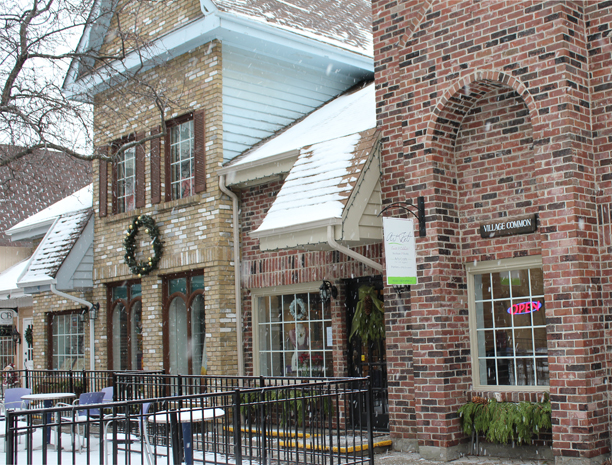
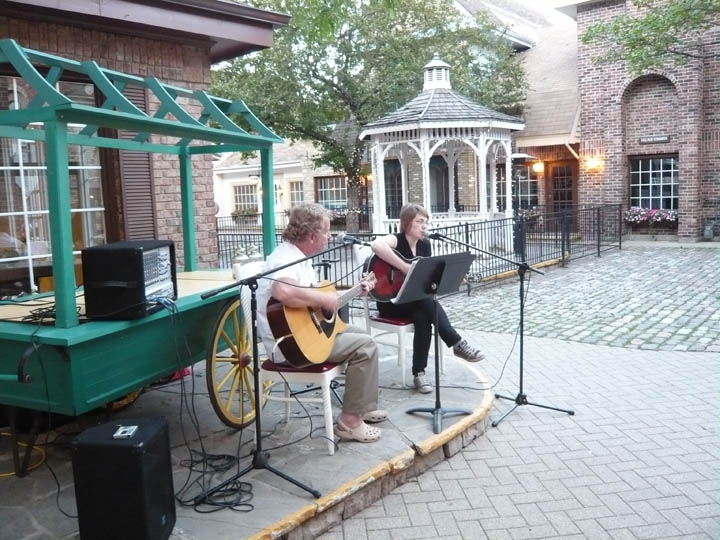
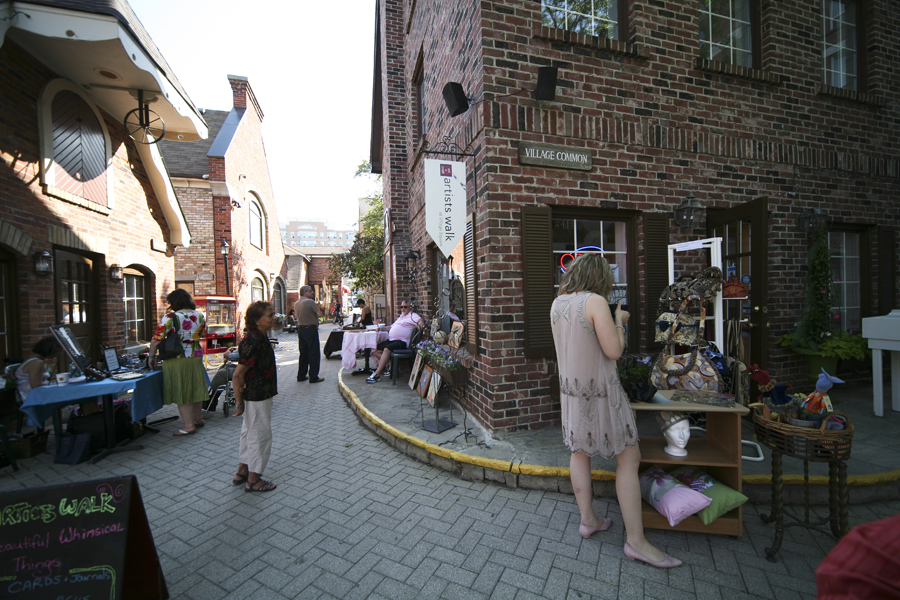
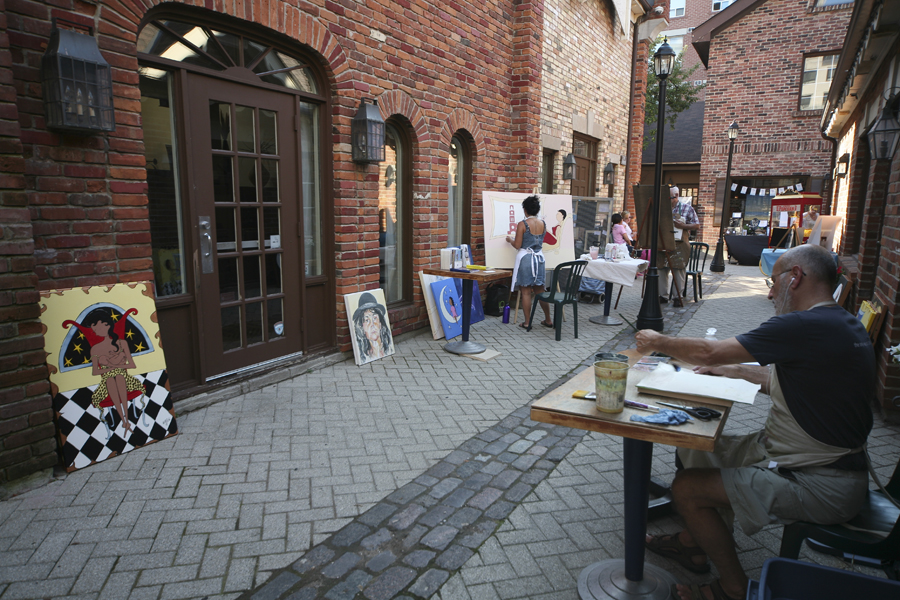
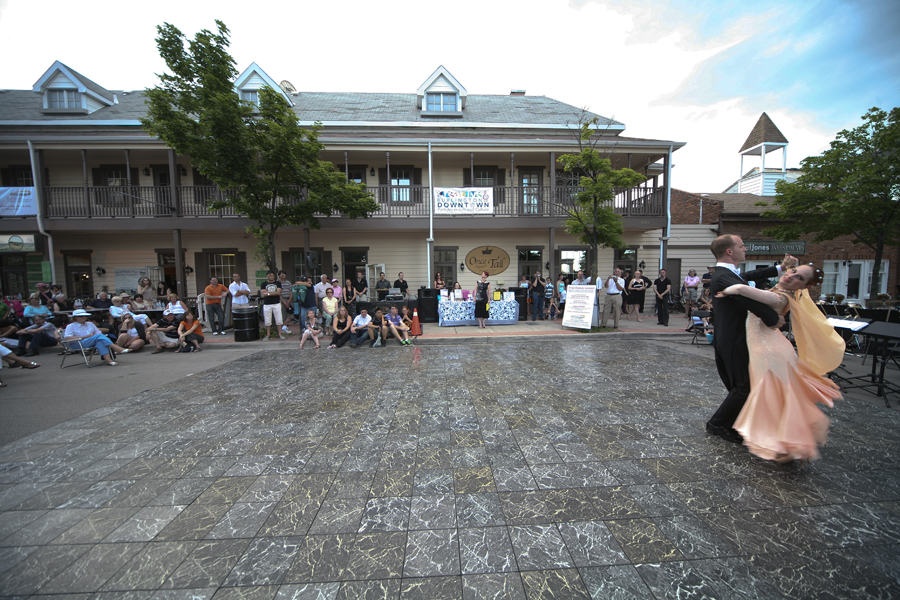
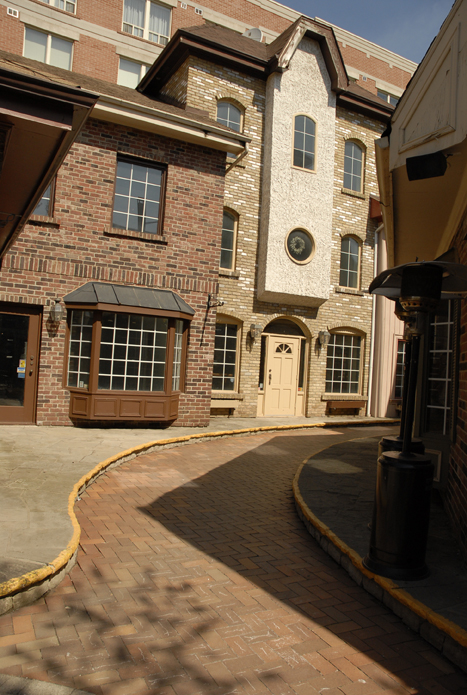
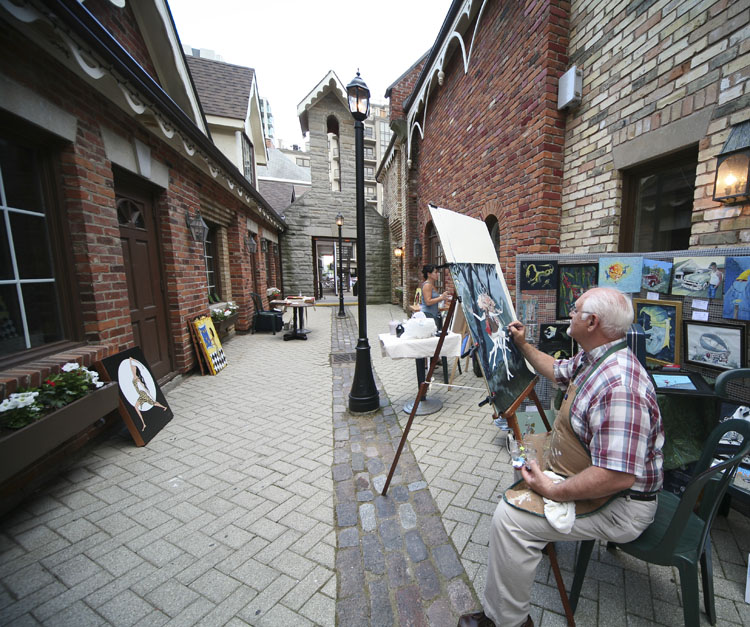
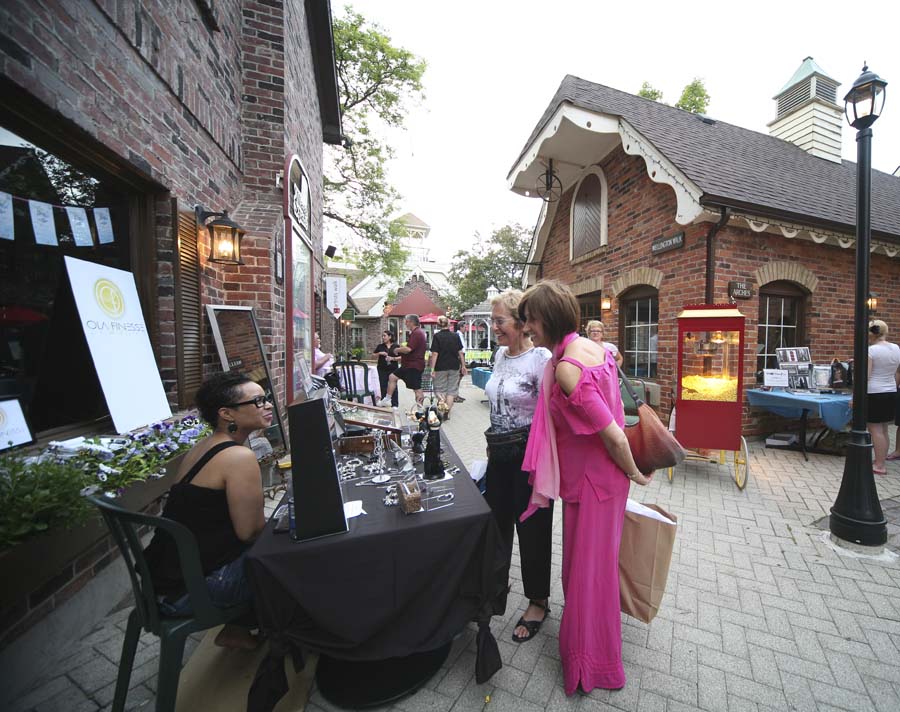
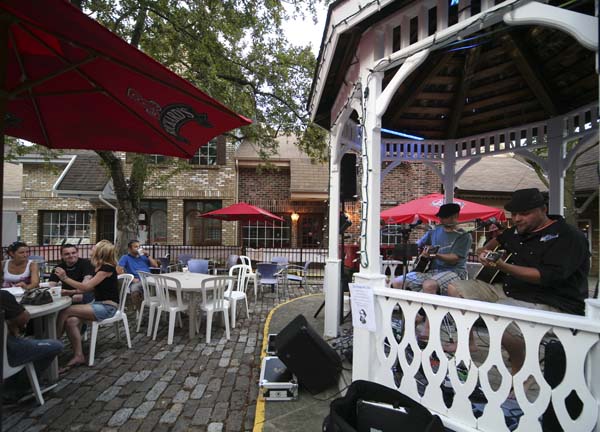
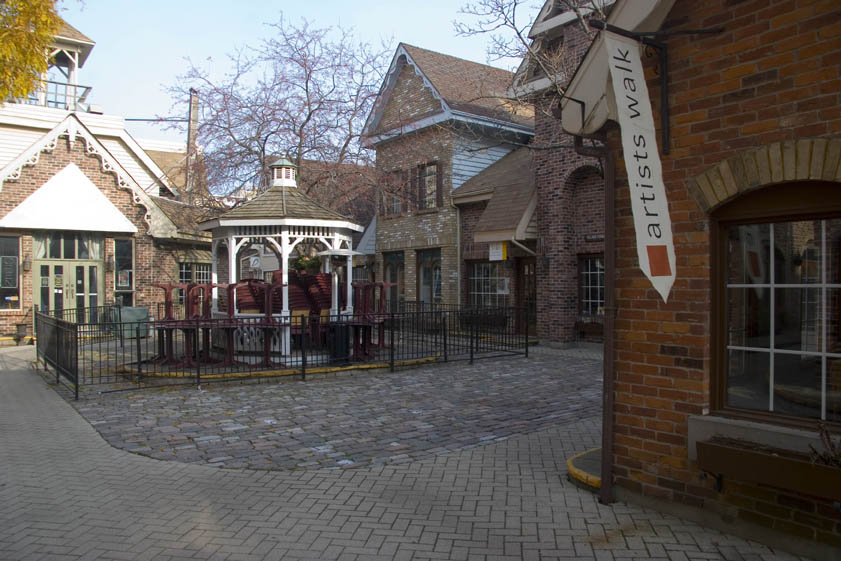
What do we see here?
For one thing, the architecture is very good. We already know how to do this. Once you make the streets Really Narrow, and appropriate for pedestrians, then everything tends to take a big step up because the architecture is designed for interaction with humans, instead of just fronting a huge parking lot.
Notice how there is no shrubbery or other “green space.” Everything is 100% Places. Buildings are side-by-side, not surrounded by a border of grass. No wasted space.
The Really Narrow Streets are nicely paved with bricks, which is not so hard to do when they are only 15 feet wide.
The streets are, of course, Really Narrow, in the 10-20 foot range, just like I’ve been telling you.
The trees have lost their leaves, so they are a little harder to see, but we have trees throughout the area. Note how we can integrate trees quite easily. However, there is not a lot of “green space” devoted to trees. They are mixed in. You could have a proper park somewhere, but, as I’ve said, when the city looks this good, you don’t have the same cravings for a park to “get away from the city.”
For the most part, everything works great. We don’t have the missed-the-mark, could-have-done-it-better, what-were-they-thinking features that characterize a lot of “New Urbanist” projects.
Although these streets can theoretically be used by automobiles — and probably are for cargo-carrying purposes — note that we have no concessions to automobiles at all here. Nevertheless, everyone can go about their business.
Overall, it is a big success. See? It’s not so hard to do. You just do it.
Criticisms? We see some vestigal sidewalks, which are not necessary since there is no need to separate a “walking” space from an “automobile” space. Notice how much nicer the streets that have no sidewalks feel compared to the streets that have these sorts of sidewalk structures. (They aren’t really sidewalks, more like a bad habit that hasn’t quite gone away.)
There doesn’t seem to be much of an idea of what to do with the upper floors. You can have shops and restaurants with multiple floors, but typically this would be a space for offices and apartments.
I would also say that you could have a lot more storefronts per foot of street frontage. Especially for a shopping area, it seems a little skimpy to me. For example:
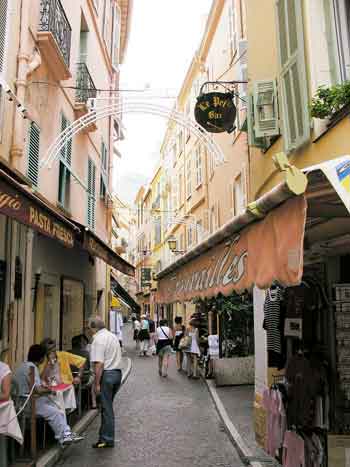
Shopping in Monaco-ville. Look how many storefronts there are. It’s a solid wall of storefronts.
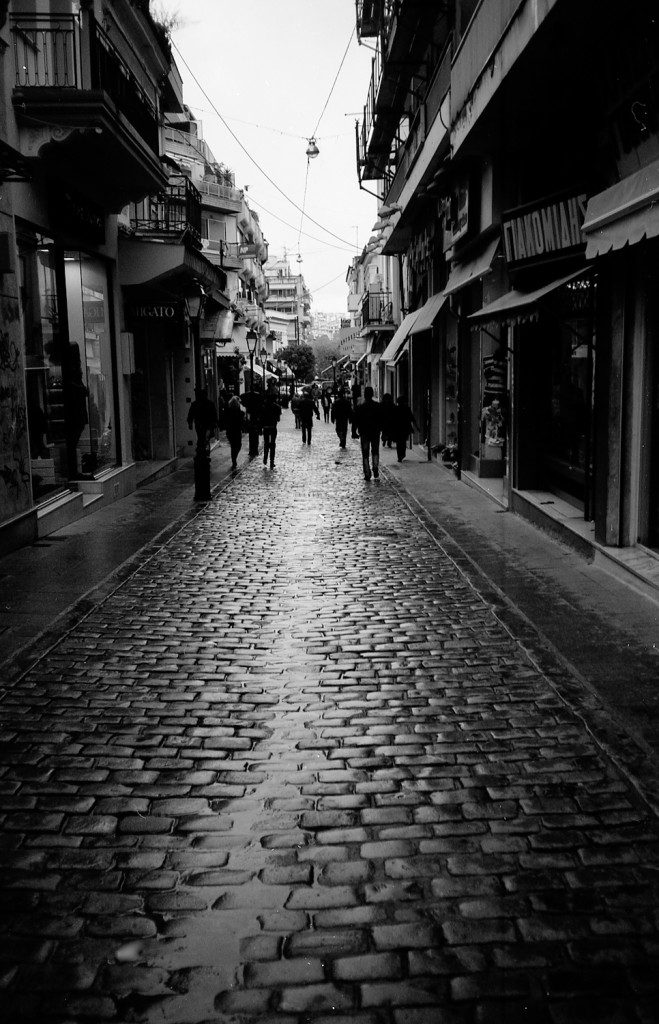
Athens, I think. Look at the storefronts on both sides.
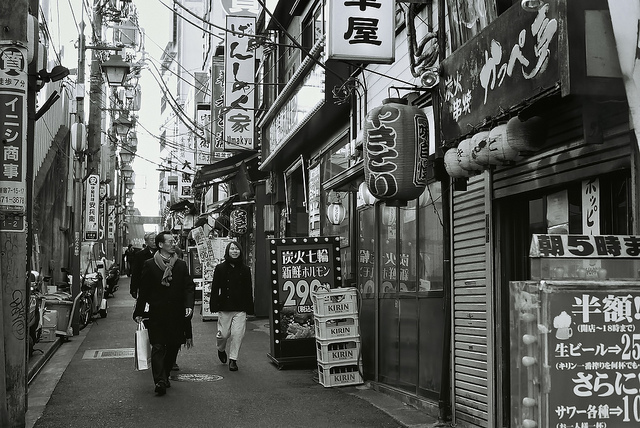
Shinjuku district, Tokyo, Japan. Tons of stuff.
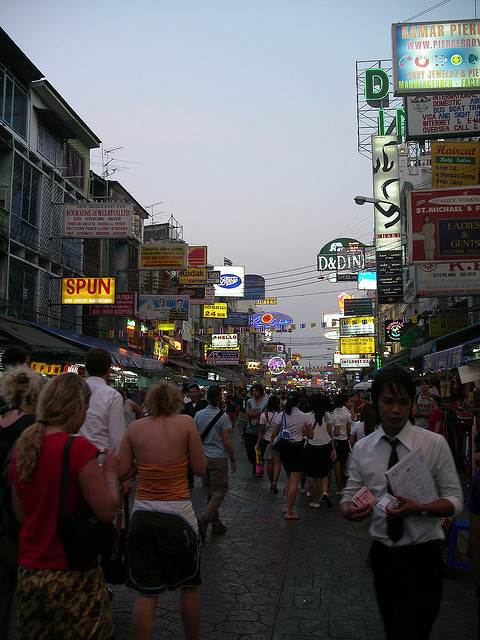
A shopping street in Bangkok. Look how many stores, clubs etc. there are here.
So you see, we could make things a whole lot more interesting in this Burlington example. But, you have to admit, the overall result is nevertheless very good.
We have a few others joining the “Traditional Cities” movement (it’s a movement now!). For example:
http://www.smallstreets.org/home
We really need another dozen or so websites with good Traditional City material. Only eleven more to go.
Here is a link to their Facebook page with more excellent Really Narrow Street examples:
https://www.facebook.com/media/set/?set=a.253619947997446.83549.253493468010094&type=1
I’ve taken a few for our use here:
![]()
Beacon Hill district, Boston
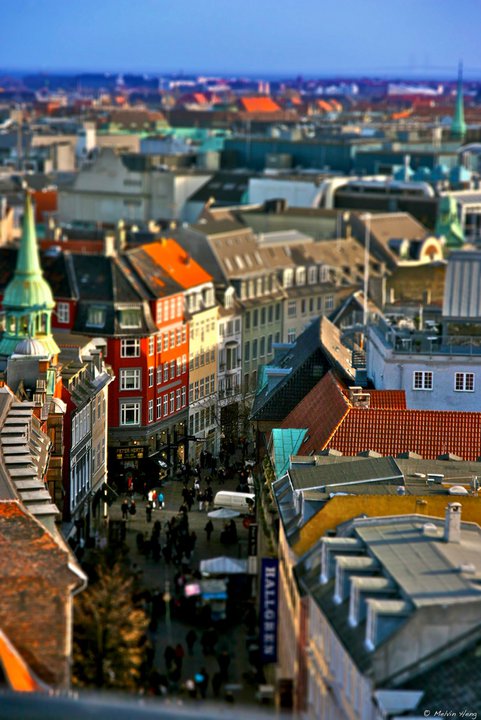
Copenhagen.
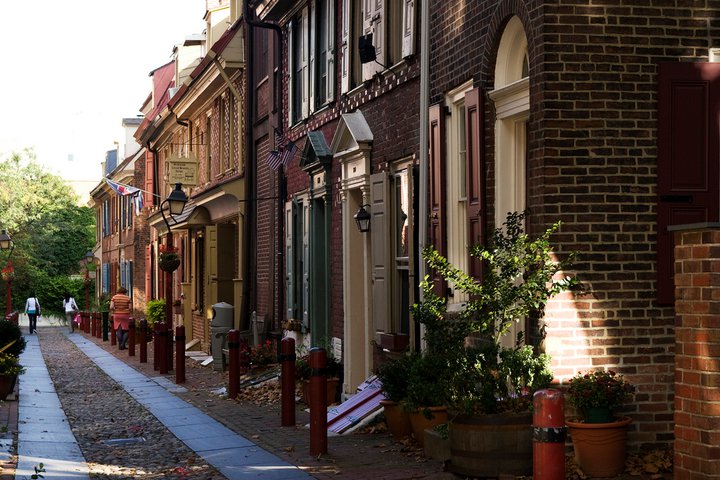
Elfrith’s Alley, Philadelphia.
These are traditional attached houses. Note how they don’t have the typical enormous front stair that characterises the 19th Century Hypertrophic townhouse. That huge front stair is, I argue, a natural reaction of wanting to distance yourself from the noisy, automobile-dominated 19th Century Hypertrophic street. When you front a nice little pedestrian street, houses typically have entrances at ground level.
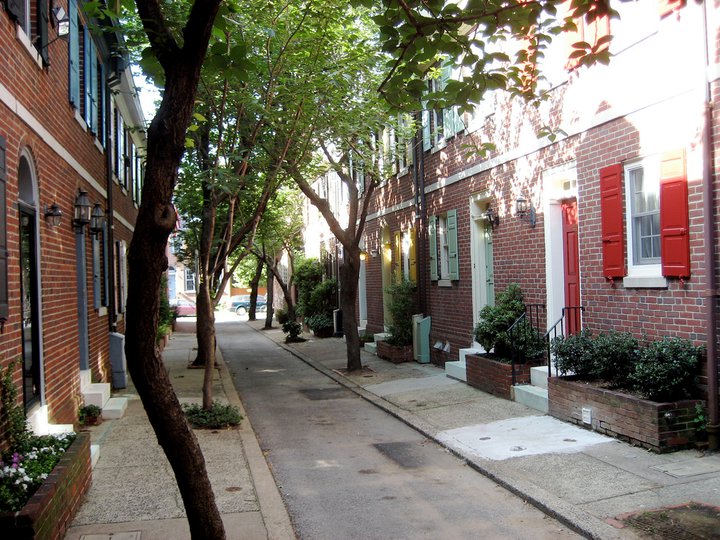
Jessup Street, Philadelphia.
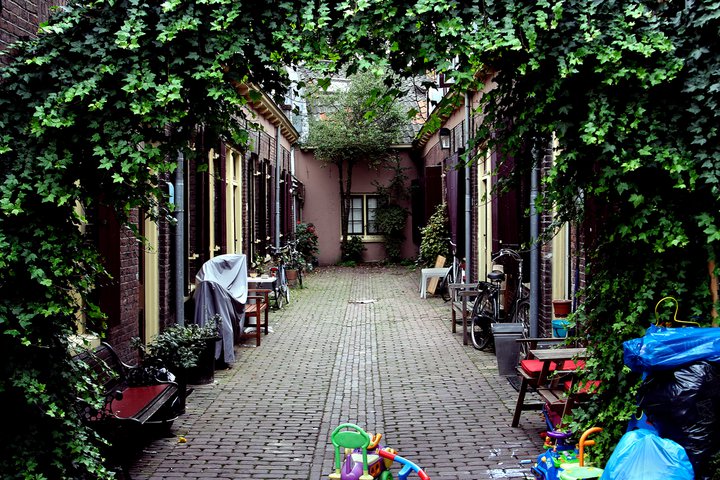
Utrecht, Netherlands
More inspirational photos from successful urban environments:
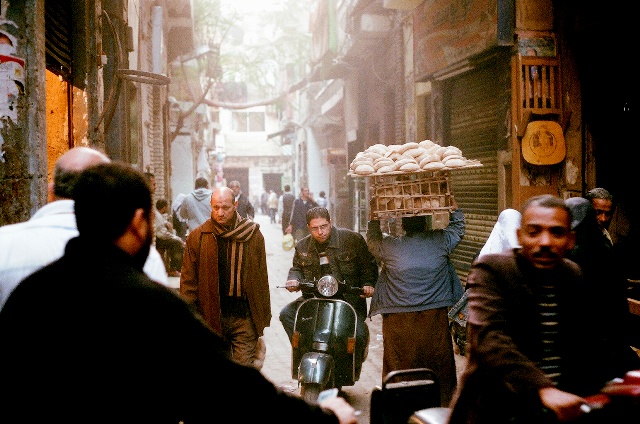
I don’t know where this is. Looks fun though.
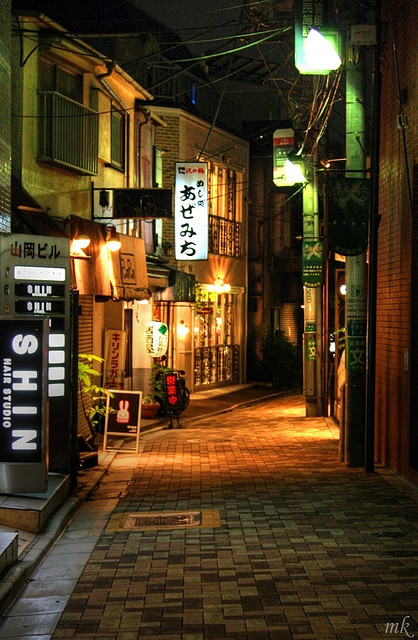
Somewhere in Tokyo.
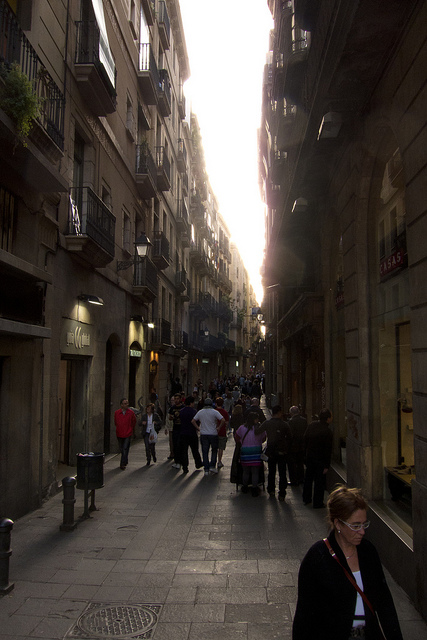
Barcelona 2011
Barcelona, Spain. Note the storefronts at street level, apartments and offices above.
The street width/building height ratio is pushing the limits here. Getting a little dim at street level. These buildings are about six stories high.
Still, I would take a dim pedestrian street over four lanes of automobile traffic any day.
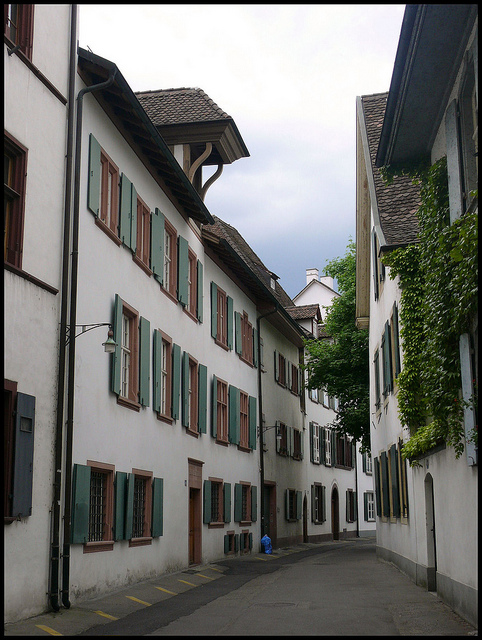
Basel, Switzerland.
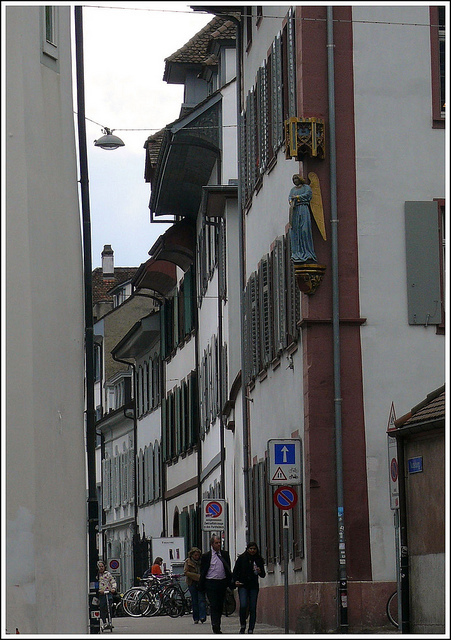
Basel.
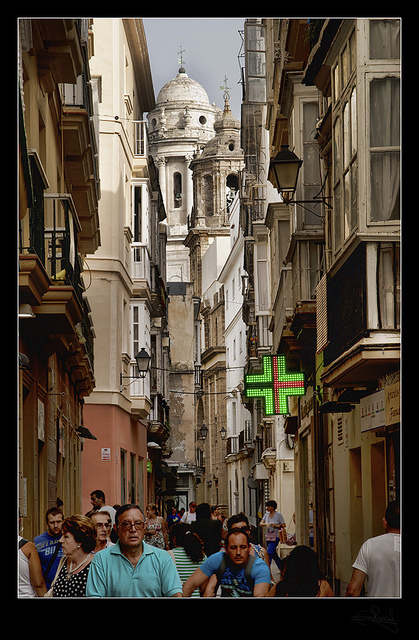
Narrow streets of Cadiz
Cadiz, Spain.
Wow.
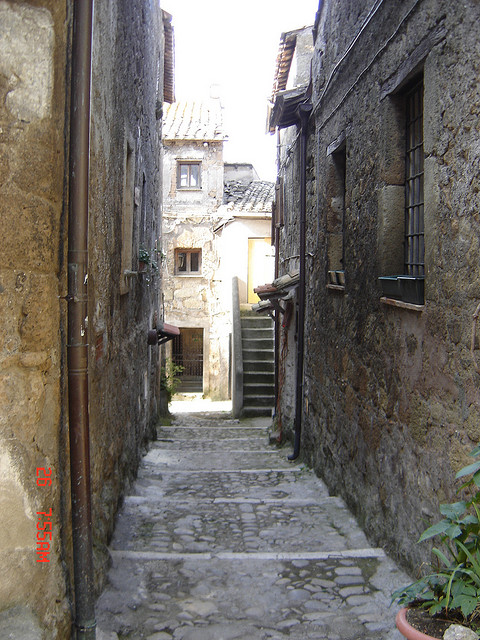
Calcata, Italy.
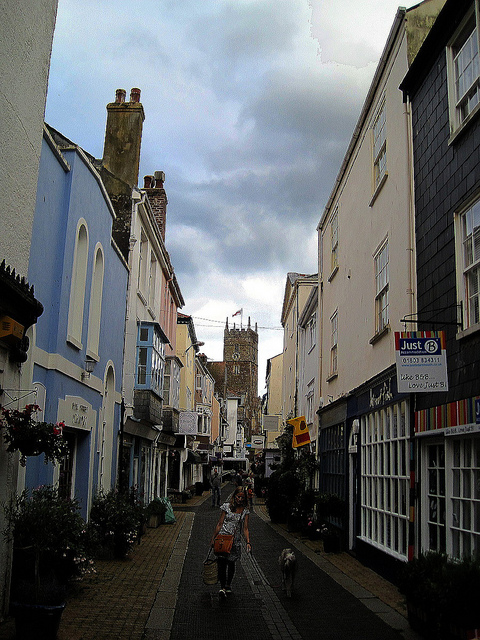
Dartmouth, England. Note all the storefronts here.
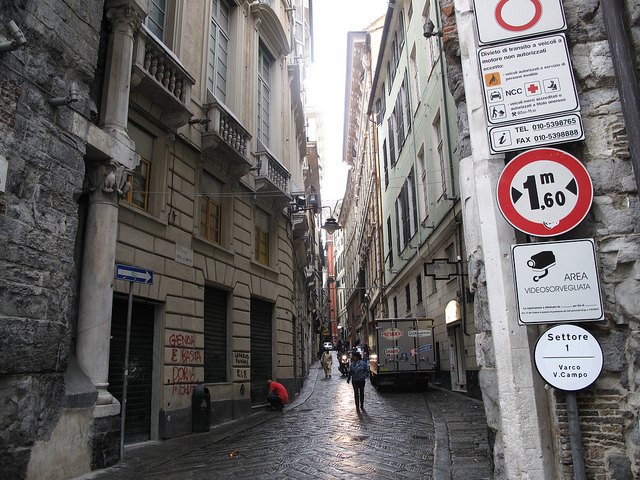
Genoa, Italy.
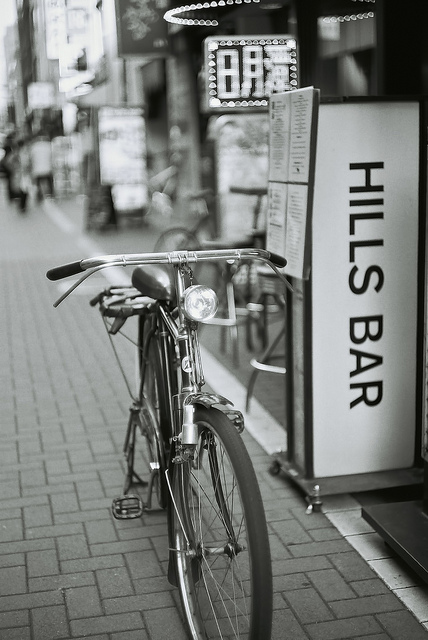
Ginza district, Tokyo.
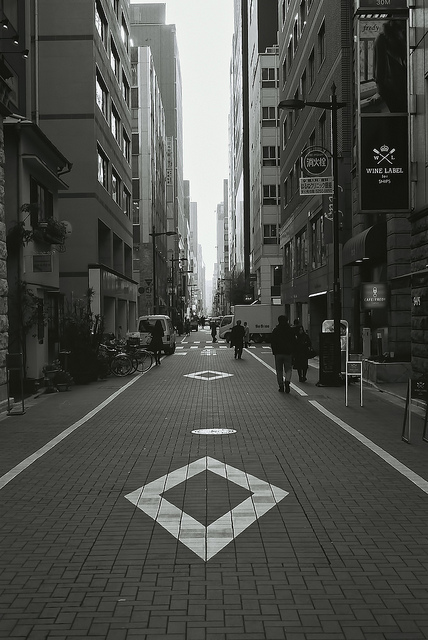
Ginza district, Tokyo. This is more of an office district I think.
’tis the season for some Japanese miniskirts in winter pics.

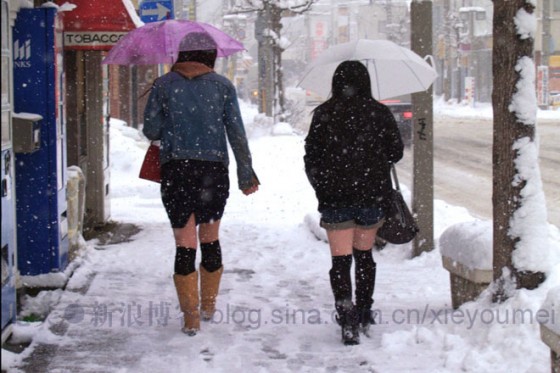
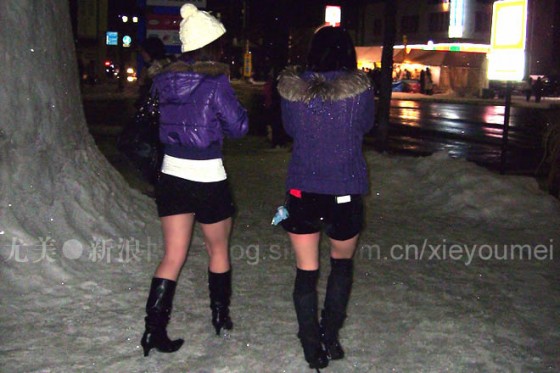


A few more nice examples of Traditional City design in action:
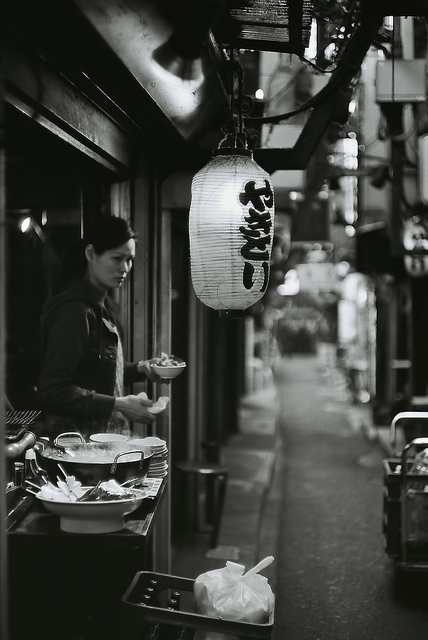
Shinjuku district, Tokyo.
Look at the street width here.
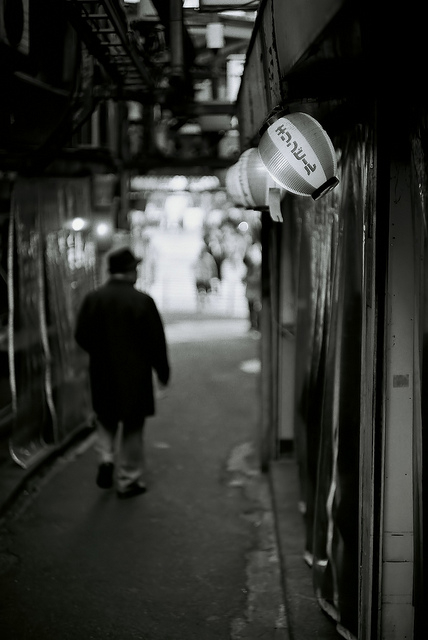
Shinkjuku district, Tokyo.
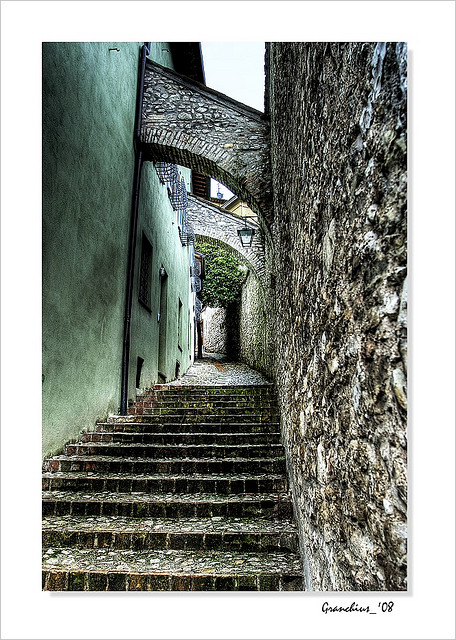
Spoleto, Italy.
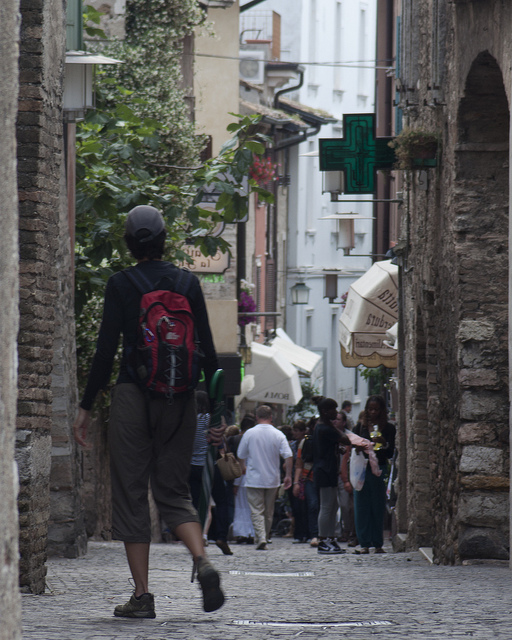
Sirmione, Italy I think.

Stockholm, Sweden.
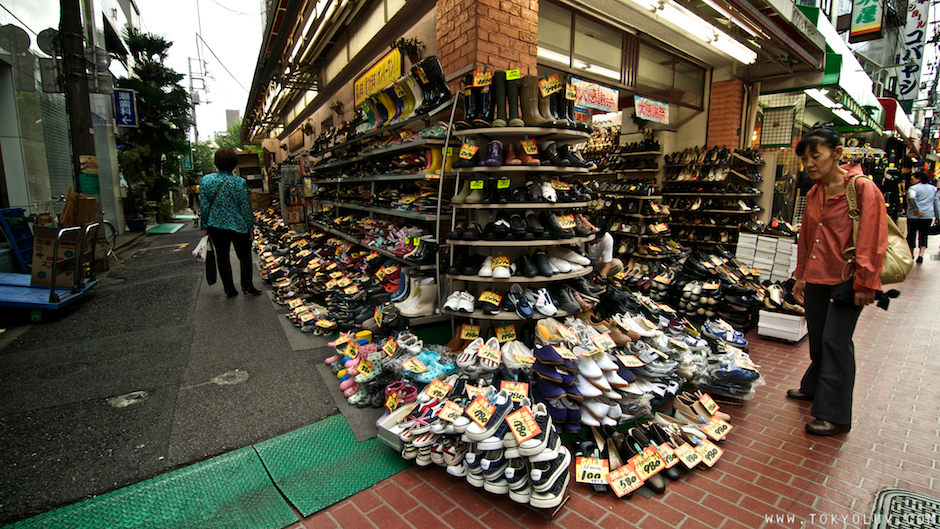
Sugamo district, Tokyo.
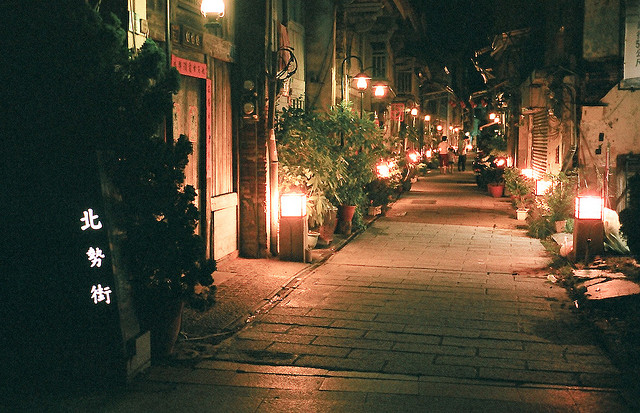
Taipei, Taiwan.
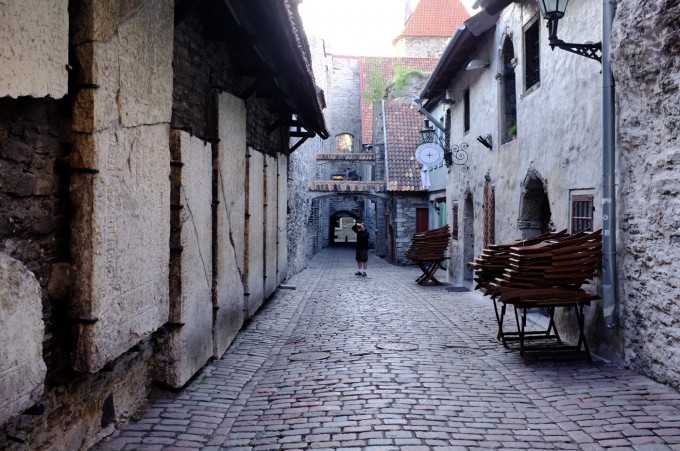
Tallin, Estonia.
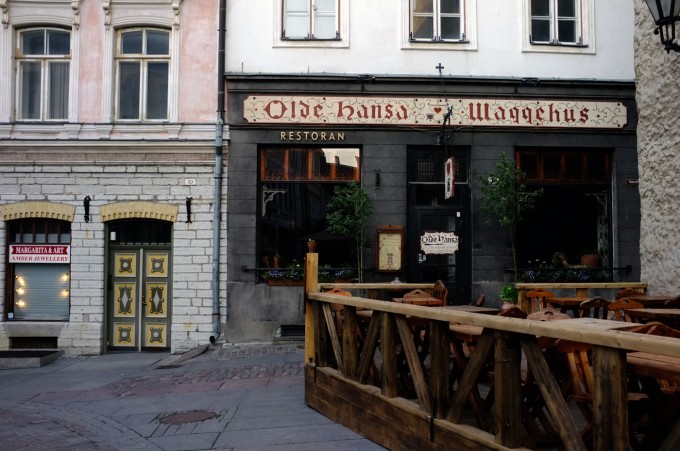
Tallin, Estonia.
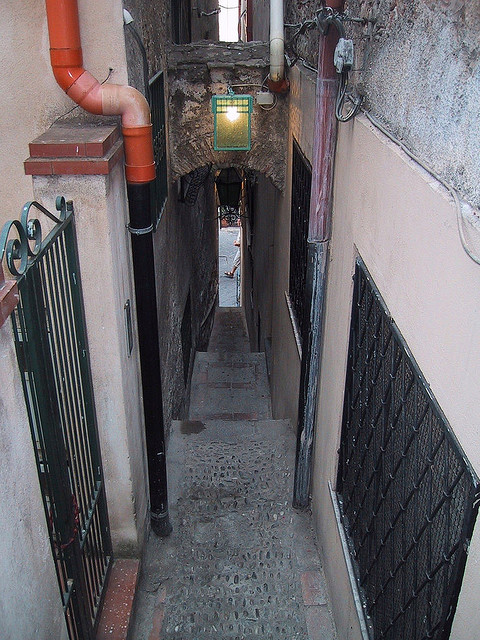
Taormina, Italy. Note the building entrance on the left.
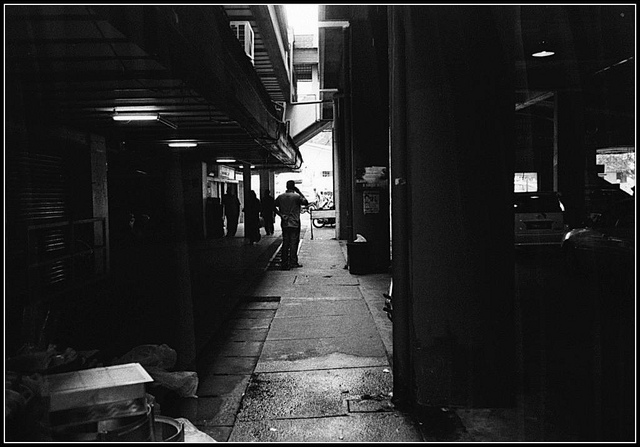
Terengganu, Malaysia.
That’s it for now. I hope you enjoyed this tour of Traditional City design and Really Narrow Streets worldwide.
Other commentary in this series:
October 30, 2011: The Diminishing Returns of Heroic Materialism
September 25, 2011: Let’s Take a Traditional City Break 4: Many Variations, One Theme
August 21, 2011: How To Make A Pile of Dough With the Traditional City 6: Better Than a Thousand Words
July 31, 2011: How To Make a Pile of Dough With the Traditional City 5: The New New Suburbanism
July 17, 2011: How To Make A Pile of Dough With the Traditional City 4: More SFDR/SFAR Solutions
July 3, 2011: The New World Economics Guide to Men’s Fashion
June 12, 2011: How to Make a Pile of Dough with the Traditional City 3: Single Family Detached in the Traditional City Style
May 15, 2011: A Ski Resort Village
May 1, 2011: Let’s Take a Traditional City Break 3: Life With Really Narrow Streets
April 3, 2011: Let’s Take a Trip to the Skinniest House in New York
March 20, 2011: Let’s Take a Trip to Julianne Moore’s House
February 13, 2011: Let’s Take a Traditional City Break 2: More Really Narrow Streets Than You Can Shake a Stick At
February 6, 2011: Let’s Take a Traditional City Break
December 19, 2010: Life Without Cars: 2010 Edition
October 17, 2010: The Problem of Scarcity 3: Resource Scarcity
August 22, 2010: How to Make a Pile of Dough with the Traditional City
August 1, 2010: The Problem With Bicycles
June 6, 2010: Transitioning to the Traditional City 2: Pooh-poohing the Naysayers
May 23, 2010: Transitioning to the Traditional City
May 16, 2010: The Service Economy
April 18, 2010: How to Live the Good Life in the Traditional City
April 4, 2010: The Problem With Little Teeny Farms 2: How Many Acres Can Sustain a Family?
March 28, 2010: The Problem With Little Teeny Farms
March 14, 2010: The Traditional City: Bringing It All Together
March 7, 2010: Let’s Take a Trip to Suburban Hell
February 21, 2010: Toledo, Spain or Toledo, Ohio?
January 31, 2010: Let’s Take a Trip to New York 2: The Bad and the Ugly
January 24, 2010: Let’s Take a Trip to New York City
January 10, 2010: We Could All Be Wizards
December 27, 2009: What a Real Train System Looks Like
December 13, 2009: Life Without Cars: 2009 Edition
November 22, 2009: What Comes After Heroic Materialism?
November 15, 2009: Let’s Kick Around Carfree.com
November 8, 2009: The Future Stinks
October 18, 2009: Let’s Take Another Trip to Venice
October 10, 2009: Place and Non-Place
September 28, 2009: Let’s Take a Trip to Barcelona
September 20, 2009: The Problem of Scarcity 2: It’s All In Your Head
September 13, 2009: The Problem of Scarcity
July 26, 2009: Let’s Take a Trip to an American Village 3: How the Suburbs Came to Be
July 19, 2009: Let’s Take a Trip to an American Village 2: Downtown
July 12, 2009: Let’s Take a Trip to an American Village
May 3, 2009: A Bazillion Windmills
April 19, 2009: Let’s Kick Around the “Sustainability” Types
March 3, 2009: Let’s Visit Some More Villages
February 15, 2009: Let’s Take a Trip to the French Village
February 1, 2009: Let’s Take a Trip to the English Village
January 25, 2009: How to Buy Gold on the Comex (scroll down)
January 4, 2009: Currency Management for Little Countries (scroll down)
December 28, 2008: Currencies are Causes, not Effects (scroll down)
December 21, 2008: Life Without Cars
August 10, 2008: Visions of Future Cities
July 20, 2008: The Traditional City vs. the “Radiant City”
December 2, 2007: Let’s Take a Trip to Tokyo
October 7, 2007: Let’s Take a Trip to Venice
June 17, 2007: Recipe for Florence
July 9, 2007: No Growth Economics
March 26, 2006: The Eco-Metropolis

